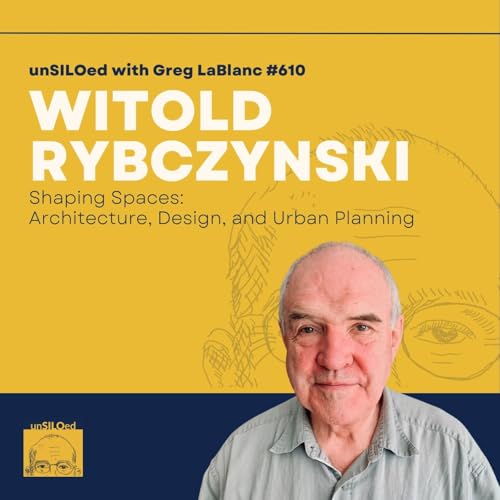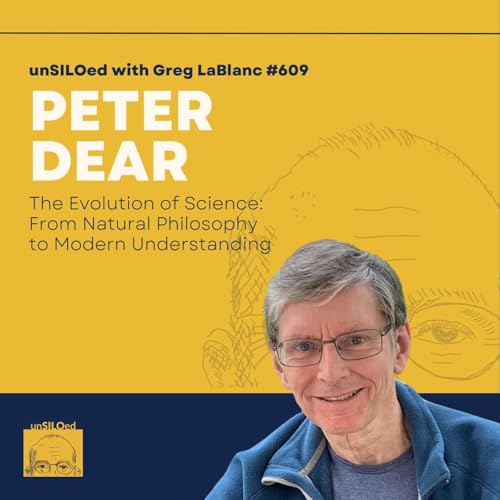What are the nuances of organizational design and risk-taking? What are the roles of both curiosity and trust in fostering an environment ripe for innovation? How can you create serendipity intentionally, and harness its power for your organization?
David Cleevely is a British entrepreneur and international telecoms expert who has built and advised many companies, principally in Cambridge, UK. He is also the author of the new book Serendipity: It Doesn't Happen By Accident.
Greg and David discuss the concept of engineered serendipity, which involves designing environments and life trajectories that optimize the occurrence of fortunate coincidences. David explains how places like Cambridge, Silicon Valley, and 18th-century Birmingham fostered innovative ecosystems. They explore how engineered structures can increase the likelihood of beneficial outcomes, the role of key individuals in creating networks, and the importance of interdisciplinary interactions.
*unSILOed Podcast is produced by University FM.*
Episode Quotes:How can we engineer serendipity?
04:23: The thing that we need to do is look at how did those things actually happen? Why did they happen? And is it possible to get some general principles out of this, some insights, so that instead of just relying on chance to do it for us, we can change the odds. And really, serendipity does not act by accident. It is about changing the odds.
Randomness in strategy
29:09: You need an element of randomness in strategy. So you need to have things that are highly focused, and you need some things that are going to be cross-disciplinary and completely wacky. And you will need different proportions of those.
Creating environments for good things to happen
02:27: I think we need to do some research, and it's properly cross-disciplinary, 'cause it involves network science, it involves behavioral psychology stuff, all of these things that we need to understand how this stuff actually works. We've been taking this stuff for granted, and actually we need to not just go, oh, that's interesting, and then move on. No, actually we need to investigate this stuff and think, how can we actually create environments in which good things are more likely to happen?
Show Links:Recommended Resources:
- Lunar Society of Birmingham
- Friedrich Hayek
- Stuart Kauffman
- Santa Fe Institute
- Priestley Riots
- Napoleonic Wars
- Cambridge Wireless
- Cambridge Angels
- ACAM
- Steve Jobs
- Dunbar's Number
- Nicholas Christakis
- Pride and Prejudice
- John Maynard Smith
Guest Profile:
- Chemify Limited
- Wikipedia Profile
- LinkedIn Profile
- Cleevely & Partners
- Trinity Hall Profile
- Cambridge Ahead Profile
Guest Work:
- ConductingSerendipity.com
- Serendipity: It Doesn't Happen By Accident
Hosted by Simplecast, an AdsWizz company. See pcm.adswizz.com for information about our collection and use of personal data for advertising.
 51 分
51 分 2026/01/0545 分
2026/01/0545 分 56 分
56 分 2025/12/1855 分
2025/12/1855 分 55 分
55 分 2025/12/1153 分
2025/12/1153 分 55 分
55 分 54 分
54 分
